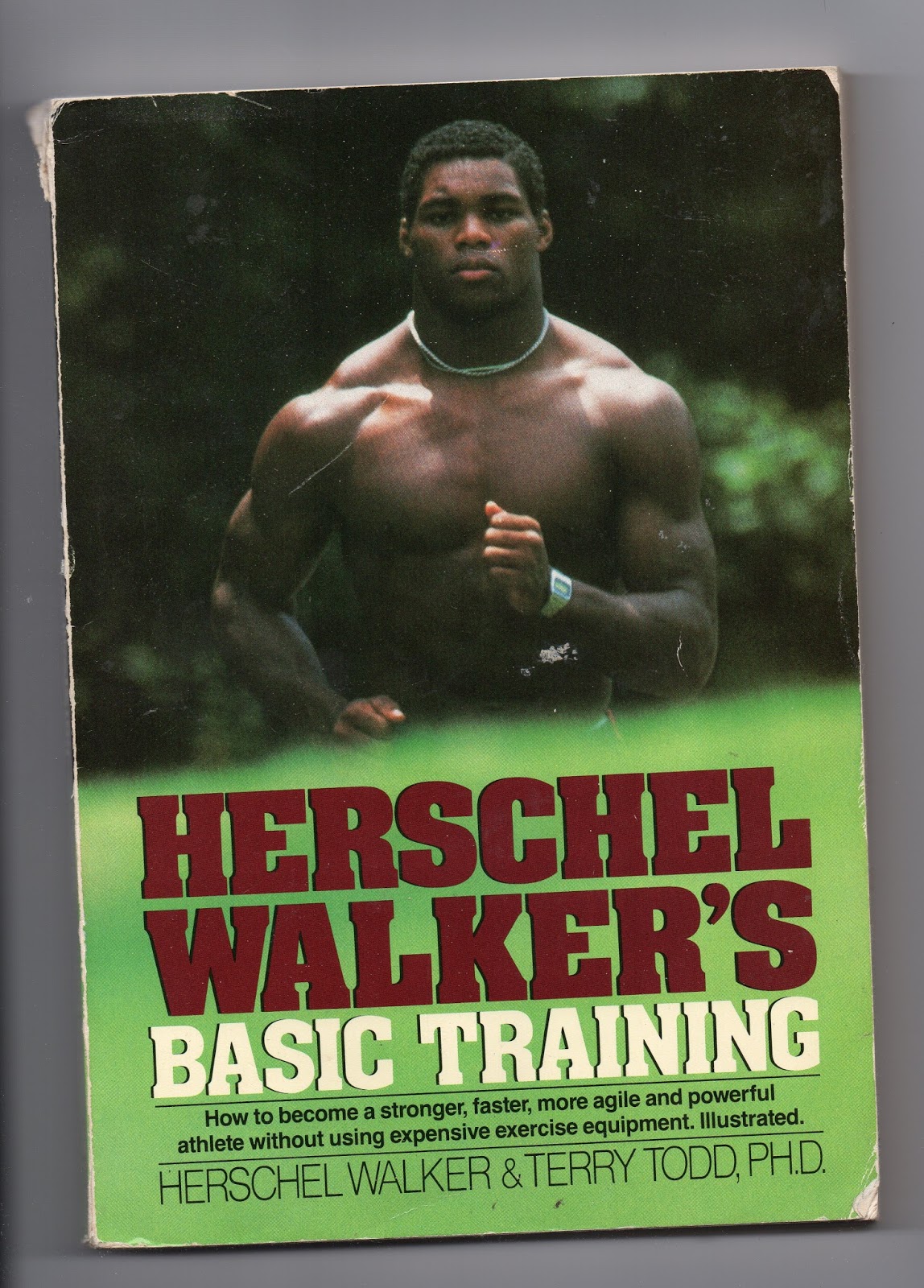
Training for Performance – The Value of Calisthenics.
Let’s dig into performance. Performance for sports and performance for life and work.
Bodyweight training is a big component to improve your strength and muscular endurance for sports.
In high school we see varsity athletes, both boys and girls who can NOT perform 1 proper push up.
This is dangerous. The weaker an athlete is, the more likely he / she is to get injured. Weakness is a liability.
My best-selling training course is an ALL Bodyweight training program called Bodyweight Bodybuilding. It’s essentially the conjugate method applied to calisthenics.
I break down the program into 4 training days with bodyweight only:
- Strength Training / Weighted Calisthenics (Max Effort)
- Speed Training / Plyometrics (Dynamic Effort)
- Tempo Training / High Reps for Hypertrophy (Repetition Method)
- Freestyle Day / Athleticism: On this day we walk on our hands, use monkey bars, perform crawls, etc to get away from stationary exercises and explore / move which builds athleticism.
At the beginning of a program for new athletes, regardless of age, whether they are middle school, high school or college athletes, I like to use a lot of bodyweight exercises to get the body prepared for heavier free weight exercises and odd object training in the near future.
For adults, sometimes they are so deconditioned and weak that they CANNOT perform basic calisthenics. Sometimes for adults, it’s better to implement lighter free weight exercises to build their base, then incorporate calisthenics.
The lighter, high rep dumbbell training prepares the joints and the body for the calisthenics.
For example, push ups require a strong trunk / core, not just strong upper body muscles. So, to build up to push ups, we perform all types of dumbbell pressing exercises for chest and triceps. We also implement hanging knee leg raises to build the shoulders and of course the trunk / core.
You'll notice many athletes who struggle on push ups sag at their stomach before they even bend their elbows. This is the sign of a weak trunk.
Here are dumbbell exercises we implement:
- flat bench
- incline bench
- overhead press
- lying triceps extensions
- band triceps pushdowns
- band face pulls
The dumbbell exercises listed above help build up the strength for push ups as do isometric holds, where we hold the top of a push up for time but never past the point where technique or proper positions deteriorate.
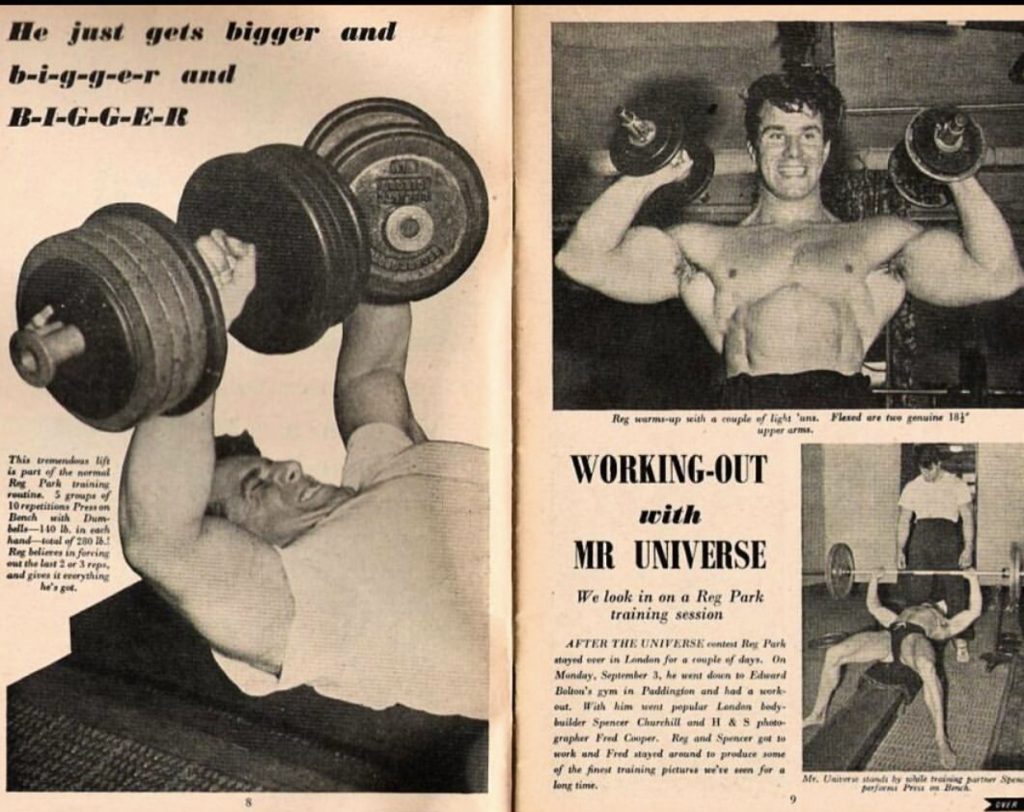
What’s interesting is that since my garage days and through these years, the athletes continue to show up weaker and weaker, both physically and mentally. The world is changing and the addiction to phones, video games and lack of hard/smart training through sports and physical education is only hurting kids. Coaches who used to be tough actually fear being tough on kids. They will be reprimanded because parents and kids think hard work is punishment. The truth is, the work is the gift!
Even at The Division 1 college level (I've coached at Lehigh and Rutgers), I see incoming freshman as well as upperclassmen struggling with proper technique for bodyweight squats, pushups and pull-ups. This is unacceptable. Your technique should always come first, then intensity. Where is the coaching here? Why are athletes allowed to perform half squats, half rep pull ups and poor technique on push ups?
Coaches must hold a high standard of excellence. My concern here is some Coaches might not know or understand the importance of proper technique and full range of motion.
Don’t use poor technique, regardless of the exercise.
There is a progression to everything in training, and one key component of smart training is to always be looking at the long term. Often times to move forward, you need to take a step or two back. I’m not interested in who can squat 500lbs and bench 315lbs, yet they can’t do a pull-up, can’t jump, can’t sprint or move their body.
That is what I call Strong & Useless. I wrote about this in my Encyclopedia of Underground Strength, where I see high school kids coming from a Football weight room program that is solely focused on numbers, not technique, not movement and not overall athleticism.
You can squat 405lbs, but can’t perform bodyweight lunges?
The Squat means NOTHING if you can’t move. Movement first and foremost.
Do not be the Coach or athlete that allows this.
Worse yet, do not allow poor technique on these big lifts.
It’s a lack of discipline in the coach or athlete who allows the lifter to continue butchering the big lifts with poor, dangerous technique.
When you compete in ANY sport, nobody gives you bonus points because you have the heaviest squat. And, when I see power cleans and squats that are focused on numbers alone, I see half squats and instead of a solid clean, I see a jumping jack with a backbend. NOT safe!
Even when your days of competitive sports are over, you must continue to live the Gladiator lifestyle through clean eating and mean training. It’s a mindset. You’ll need longevity via smart training. The more experienced you get, the more you learn- do not kill the big lifts or they will kill you.
For athletes and adult men, I recommend some easy calisthenics in the morning. They get you moving and this is a powerful benefit for the MIND, not just the body.
See my morning routine below:
In the video below, Matt Wenning and I discuss optimal training for men AND athletes.
This is crucial because training the wrong way in your teens can lead to injuries and pain in your adult years.
Watch the video below:
I see too many adult men who look like a walking train wreck. They look 10 years older than their biological age, they have no muscle tone and look like they would get hurt taking out the trash.
Don’t ever lose your edge. Training is beyond the physical, always.
The convenience & power of bodyweight training is endless.
Most of the calisthenics exercises require no equipment or you can go to a local elementary school/park and get in an awesome training session. From beginner to advanced, you can have regressions and progressions to intensify or simplify bodyweight training.
For example, the beginner athlete performs regular pushups, perfectly. The advanced athlete will perform clapping pushups or close grip pushups or weight vest pushups. Many beginners at the youth level and even high school kids are unable to do 1 push up, so we regress even further, elevating their hands on a bench.
You can change the position of your hands, arms and legs to work different muscles and change the pressure we place on the body. I have found great benefit in implementing calisthenics as jump training after a thorough warm up. Then, again implementing calisthenics as accessory exercises after the main lifts.
Here’s a sample warm up and training session I recently took athletes through, and you’ll see where the calisthenics get worked into this group:
Warm Up (12 Minutes)
- Movement Prep – Jogging, Skipping, Carioca, Animal Crawls, Hops.
- 3 Broad Jumps + 50 ft Sprint: 4 x
- Partner Wheel Barrow 2 x 50 ft
- Walking Lunges x 50 ft + 5 Clapping Push Ups 2 x
1A) Bulgarian Split Squat 2 x 10 / 10
1B) Recline Row 2 x 10
2A) 1 Arm KB Clean & Press 2 x 5 / 5
2B) 1 Arm KB Row 2 x 5 / 5
2C) 1 Arm KB Shrugs 2 x 5 / 5
3) Push Ups x 50 reps AFAP
Training:
1A) BB or Double KB Push Press 5 x 5
1B) Box Jumps or Triple Hurdle Jumps 5 x 3
2A) Trap Bar DL 5 x 3
2B) ANY Bodyweight Pull 5 x MAX (Pull Ups, Weighted Pull-Ups, Rope Climbs, Recline Row)
3A) Sleds 3 x 150 ft
3B) Band Face Pull 3 x 15
3C) DB Triceps XTs 3 x 15
* Various abs and band pull parts are sprinkled in throughout the entire training session, usually getting in 5 – 6 sets by the end of the workout *
Notice how calisthenics and jumps are part of the warm-up and the training session?
The varied bodyweight pulling on 2B allows me to guide and challenge each athlete appropriately. If the athlete needs more speed, I might recommend 2 or 3 sets of 3 reps of explosive, chest to bar pull-ups. If the athlete needs more strength I will recommend 3 x weighted pull-ups, then last 2 sets max reps of recline rows.
Note the jump training, sprints and calisthenics in the warm-up and 50 reps of pushups before we jump into the full training session.
It’s a LOT of work but we are boosting GPP dramatically and also challenging the athletes mentally. Our warm-up not only makes them better physically but it also makes them stronger mentally. From a safety standpoint, they are ready to go both physically and mentally. Another note, the athletes who went through this warm up and training session were NOT beginners.
Building Your Own Equipment
If you’re crafty, you can build your own pull-up and dip bars. Build your own monkey bars. I’ve seen people do this in their own backyards, it’s super inspiring to see this. I never want to hear the weak excuse, what can I substitute for this exercise?
Many elementary schools have playgrounds with parallel bars and monkey bars so they are great for training. Your excuses are invalid when you can go anywhere and train with bodyweight.
Most equipment nowadays is very affordable or you can find commercial grade equipment on auction web sites for pennies on the dollar. Gymnastic rings and a sled can take your training a LONG way. NO substitutes, just get the equipment and find a way to make it happen.
With Gymnastic Rings:
- Pull Ups
- Recline Row
- Push Ups
- Bodyweight Triceps Extensions
- Scare Crows
- Face Pulls
Get a Suspension Trainer or Gymnastics Rings and you can place your feet in the stirrups, now you can intensify the calisthenics and add even more variety to your calisthenics.
Even an advanced lifter/athlete should incorporate bodyweight strength training in his / her routine. Every athlete I train, including myself, will use more than one bodyweight exercise each workout, especially during the warm-up portion.
When I train the college wrestlers, I implement a full-blown Gymnastics and Plyometric routine into the warm-up. I recorded some of these warm-ups and mini-seminars, they are on Video inside of The Undderground Strength Academy.
The next portion of our strength training involves free weights and bodyweight training together. If you have no access to free weights, implements such as sandbags, wheelbarrows, sledgehammers, stones, logs and buckets of sand will work very well.
These progressions and regressions are taught in depth in both of my certifications linked below:
Strength Coaches with LESS than 5 Years Experience => Underground Strength Coach Cert
Strength Coaches with MORE than 5 Years Experience => SSPC Cert
Remember, don’t get civilized with fancy, pretty boy bodybuilding!
Build the base of strength AND athleticism. The odd objects get athletes working in odd positions, which is great preparation for the odd positions that happen during competition.
How badly do you want to get STRONG? When you want it, you’ll find a way. If not, you’ll find an excuse. That being said, the athletes who struggle with calisthenics, I assign them a few calisthenics to do on their own, at home, a few times a day. The majority of middle and high school kids need this extra work. Why? Because they don’t do this in their sports training, at home or in Physical Education.
And, if they do calisthenics, they are often performing them incorrectly. Teach proper technique and then have the athletes do low reps in the morning, afternoon and evening.
For example, a new middle school athlete will be encouraged to do this every day:
5 Push Ups + 5 Squats in the morning, after school and at night.
Eventually, they build to 10 reps of each exercise 3 times a day: Morning, Afternoon and Evening. 30 reps each adds up to 150 reps per week, 600 reps per month.
A high school athlete who struggles will be given a total number of reps to hit daily on pushups: This week do 20 reps total per day, next week 30, then 40 and eventually 100 reps per day, Monday through Friday.
Raise the standards. What numbers should a middle school athlete be able to perform in pushups? High School? College? What about standards for heavier athletes vs lighter athletes in calisthenics?
In my early days of The Underground Strength Gym, I had a great Summer crew of high school and college football players. 1 of the college players was a D3 Offensive Lineman, he weighed 275.
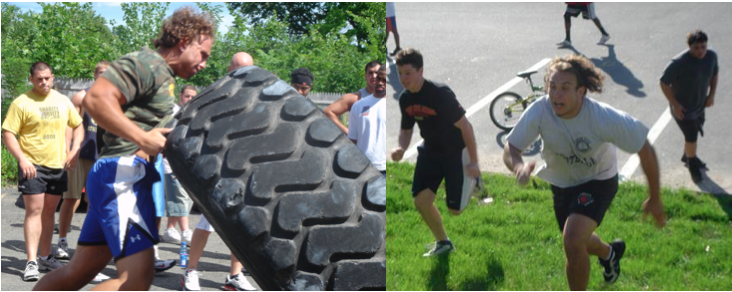
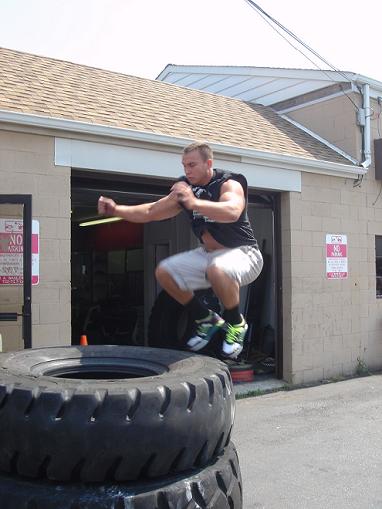
He was able to perform legless rope climbs, handstand pushups, ply work/jumps for upper and lower body. Seeing him train the same as a 125lb wrestlers inspired me to say, Strong is Strong! We expect the big guys to be agile and explosive like the light guys and we expect the light guys to be strong like the big guys.
This helped us and inspired the kids to eliminate excuses. It doesn’t matter how big or small you are, Strong is STRONG! For the most part, yes, your lighter athletes will be more competent in calisthenics but as a Coach, you must instill belief and higher standards in all athletes.
Looking back to the 1800’s and early 1900’s there were no machines in training. Physical Culture was how the strongest men trained. They implemented free weights, Kettlebells, Indian Clubs, medicine balls and of course, calisthenics and gymnastics. Even the big, circus strongmen trained in basic gymnastics, able to perform handstands and had balancing.
Old School Strength Books such as The Way to Live & Goerner The Mighty demonstrate just how strong these men became through Kettlebells, Dumbbells, Barbells & Calisthenics. These men also ate very basic. It was their relentless dedication and consistency with the basics that produced their extraordinary results.
Those men back in the day were called circus strong men, others were also wrestlers. Not only did they look strong, they were STRONG! They had tremendous strength (even by today’s standards) and were able to use their muscles to lift enormous weights, lift cars, people, and other odd objects.
They could lift hundreds of pounds overhead using one arm, such as 200+ lb dumbbells in the snatch or jerk. Real strength will come from using unusual and odd objects such as stones of all types, kegs, barrels, and sandbags. These odd objects develop a very unique type of strength. When you blend odd objects with free weights and calisthenics you can develop extremely strong, athletic and tough athletes.
My friend Matt Wenning utilizes very high rep warm-ups to build tendons and ligaments before he even begins lifting heavy. I’ve done this with great success myself and with the athletes, I train.
Matt's warm ups have helped me rebuild and strengthen old, nagging injuries. I’ve implemented this with college athletes as well. Unfortunately, many coaches tend to rush through warm-ups and don’t give the warm-ups much respect. With a more in-depth, well thought out warm up, you can reduce injuries and improve results both in training and sports.
Here are a few samples high rep warm-ups after we’ve gone through our first portion of the warm-up which includes movement, light weights w KBs and DBs, calisthenics, sleds, bands and plyometrics/jump training.
1A) Band Face Pulls 3 x 15
1B) Back Extensions 3 x 15
1C) Band Triceps 3 x 25
======
1A) Incline DB Bench 3 x 33 (Half the set elbows out, half Palms in)
1B) Band Pull Aparts 3 x 33 (half the set overhand, half underhand)
1C) Banded Lat Pulldowns 3 x 33 (Vary angles of pulling, hand positions, etc)
========
1A) Banded Leg Curls x 100
1B) Walking Lunges x 100 (50 ea leg)
1C) 45 degree Back XT x 50 reps
The above are just samples of what I would call The Part II warm up. Maybe because I am getting older, but nowadays, I take much longer on my own personal warm-ups. I use sleds, Mark Bell’s hip circle, lots of bands, calisthenics, and light DBs. I feel better prepared, both physically and mentally for hard training when I have a solid, thorough warm up. After the warm-up, it’s time to get busy.
Sometimes I have access to machines and I will go through a mini bodybuilding circuit before I hit the heavier free weights. A sample bodybuilding circuit might look like this for me:
3 – 4 Rounds:
- Lying Leg Curls x 15 reps
- Varied Grip Lat Pulldowns x 15 reps
- Varied Tricep Pushdowns x 15 reps
- Rope Cable Face Pulls x 15 reps
- 1 Arm Cable Side Raises x 10 / 10 reps
If I am feeling it, I add weight each round and the 15 reps slowly decrease to 12, 10, 8 reps and I get some heavy machine and cable work in.
For the heavier, overweight athlete, there is a BIG benefit in getting in some machine work in a bodybuilding style. I have seen athletes who look like they drink beer and never touched a weight in their life. They have man boobs and beer bellies, skinny arms and no muscle tone, ALL at the age of 15.
Athletes like this, I encourage them to train with us at The Underground AND join the local gym with their friends. I want them adding muscle and using machines. The other side of the coin is the athlete following through on simple, basic nutrition guidelines.
If they follow through or not, we can see this a mile away. Nothing fancy here with nutrition. I love what I see on nutrition from the old school muscle magazines of the 60s and 70s. Unfortunately, foods are much different today than way back then, but the basics of eggs, meats, potatoes, rice, fruits, trail mix and minimizing processing junk goes a LONG way.
For those who do use the local gym, you do not want to waste time when training. Don’t BS with others if you’re in a globo-gym. Don’t use your phone or check your phone every 5 minutes. If you run a business like I do and need to record videos, just record 1 set and then focus on training. Keep it pure, stay focused. I honestly miss the days of NO business and NO phone.
I once threw my phone over the NJ Turnpike Bridge, but that’s another story for another time!
Organizing the Training for Performance:
- Use the warm up to prepare the athlete mentally and physically. The warm-up should also build athleticism. Tailor the warm-up not just for the individual, but for the training session ahead. If it’s an upper or lower body day, prepare the supporting muscle accordingly.
– Upper body days should get appropriate shoulder prehab/rehab work. Lots of band work for the shoulders (pull aparts, face pull all from various angles), chest support incline Cuban press, soft tissue work on the upper back, pecs, etc as needed.
- Lower Body days require the back and trunk to be prepped properly, as well as the hips and knees, ankles if jumping. Sleds, Mark Bell’s hip circles, pause squats, split squats, dead bugs – prepare the trunk with stability and get the body and mind prepped up for the work ahead.
2) After a thorough warm-up, incorporate speed work.
The speed work can come from any of the following:
- Jumps (Box, Hurdles, Broad Jumps, etc)
- Med Ball Throwing (Throws for distance, to partner, slams against wall or floor from various directions)
- Upper Body Plyometrics / Speed Calisthenics
The speed training and explosive work also mentally prepares the athlete to be explosive, even when moving the weights, NOT just during warm-ups. Dr. Fred Hatfield, aka Dr. Squat, created CAT (Compensatory Acceleration Training). This means even with heavy weights, you are exerting max force in an effort to move ALL weights with speed.
There are certainly times when we slow down the tempo, pause the rep at different places, but for the most part, we want to see athletes moving big weights with speed.
- Every training session is an assessment. Who needs more or added speed work? The athlete who makes his first few reps look the same as his last few reps.
Some athletes are genetically slow or have NOT trained with any speed or explosiveness ever. This athlete might require lighter weights (Dynamic Effort) more often than heavier weights. Or, this athlete might be best served when you add more jumps or med ball throws to his / her training to develop the nervous system for more explosiveness.
How Many Reps?
As far as how many reps and sets to do, this is a key portion of your program. I still lift heavy and with low reps on the big lifts (Squats, Cleans, Bench, Deadlift, Snatch, etc) but as I’ve gotten older, I am very careful not to kill myself on the squats, deads, cleans, etc.
My motto is this: If you try to kill the Deadlift it will kill YOU.
Most athletes do NOT have the skill, knowledge or discipline to maintain proper technique on the big barbell lifts if you go for high reps. The advanced lifter can do this but remember, an advanced lifter is different than an advanced sport athlete.
In the deep offseason, I will incorporate a few challenges of high rep squats or trap bar deadlifts. Or, during a circuit, I can manage the lifter with a light load and incorporate light sumo or conventional deads, benching, with higher reps using warm-up type weights.
High reps are better served using dumbbells and calisthenics. I will use these after hitting a heavier, big lift.
Here is a sample training session where we go from speed work to the heavy strength and then the rep work for muscular endurance, hypertrophy and strengthening connective tissues. This is influenced by Westside Barbell and what I’ve consistently found to produce results.
After a thorough warm-up, Full Body Focus Session:
1A) DB Snatch 5 x 2 / 2 (Speed Focus)
1B) Box Jumps 5 x 4
2A) Floor Press + 2 Chains ea. Side: 1 warm up x 10 reps, 4 x 4 heavy
2B) ANY DB or KB Row 5 x 5 / 5
3A) Band-Resisted Push Ups 2 x 15-20 (Place Mini Band Around Back)
3B) Chest Support Rear Delt Raise 2 x 15-20
3C) Sandbag Carry 2 x 150 ft
4A) DB Hammer Curls 2 x 15
4B) Chain Side Raises 2 x 15
4C) Various Abs 2 x
The training session above is a blend of speed and power, strength, muscle building, muscular endurance & toughness. The athletes will be pushed to attack this workout, various abs and lots of band shoulder work is snuck into the entire session. We finish the session with soft tissue smashing and mobility work as needed.
I have found that I can add intensity to calisthenics, dumbbells, sandbags, and kettlebells with training athletes. The heavy powerlifting and weightlifting are intense in our offseason. During the season, you auto-regulate the intensity of the basic strength lifts accordingly.
When we train for Strength, there are many different types of Strength. Athletes need more than absolute strength which is your heavy 90-100% or 1 RM type efforts. We also have strength endurance, muscular endurance, power endurance and strength speed to name a few more. Strength work is traditionally done in the 1-5 rep range.
It should be emphasized that, in any given athletic activity, strength rarely manifests itself in only one pure form unless you’re a powerlifter, weightlifter or track & field thrower.
The different components usually appear mixed and vary according to different activities or different times during competition.

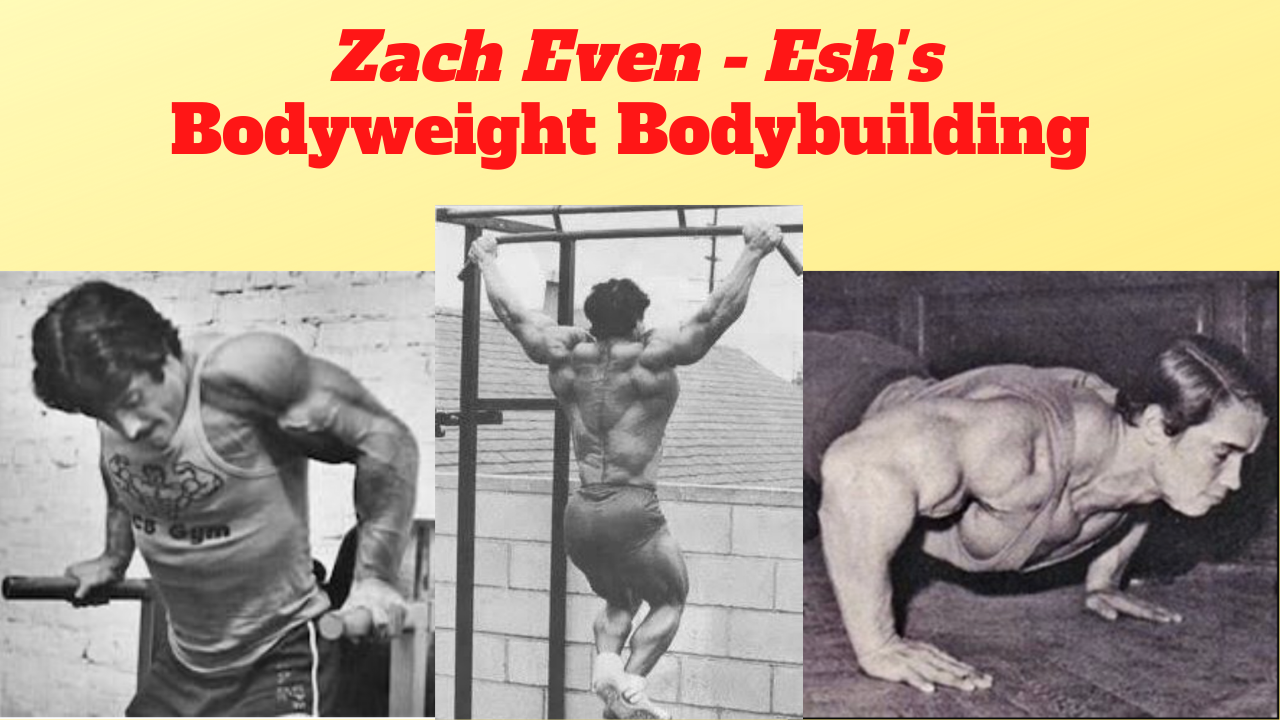
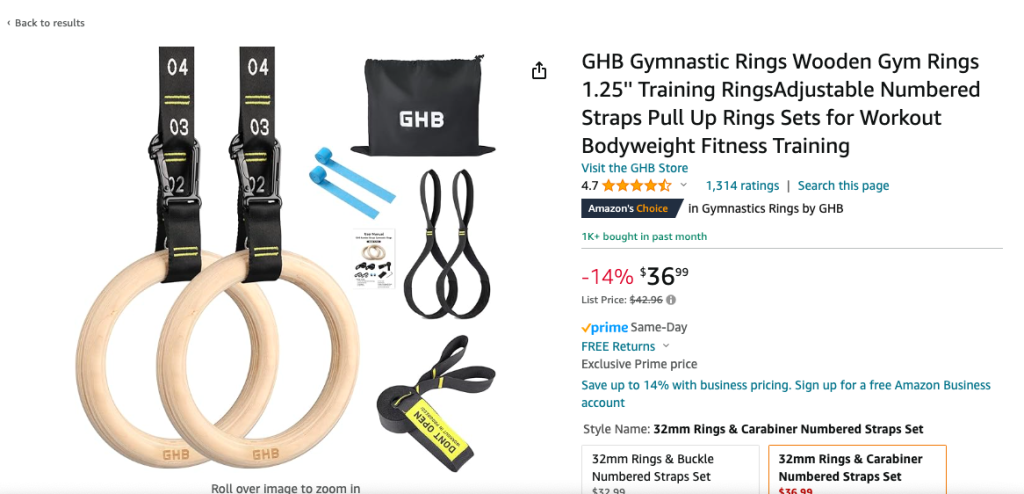
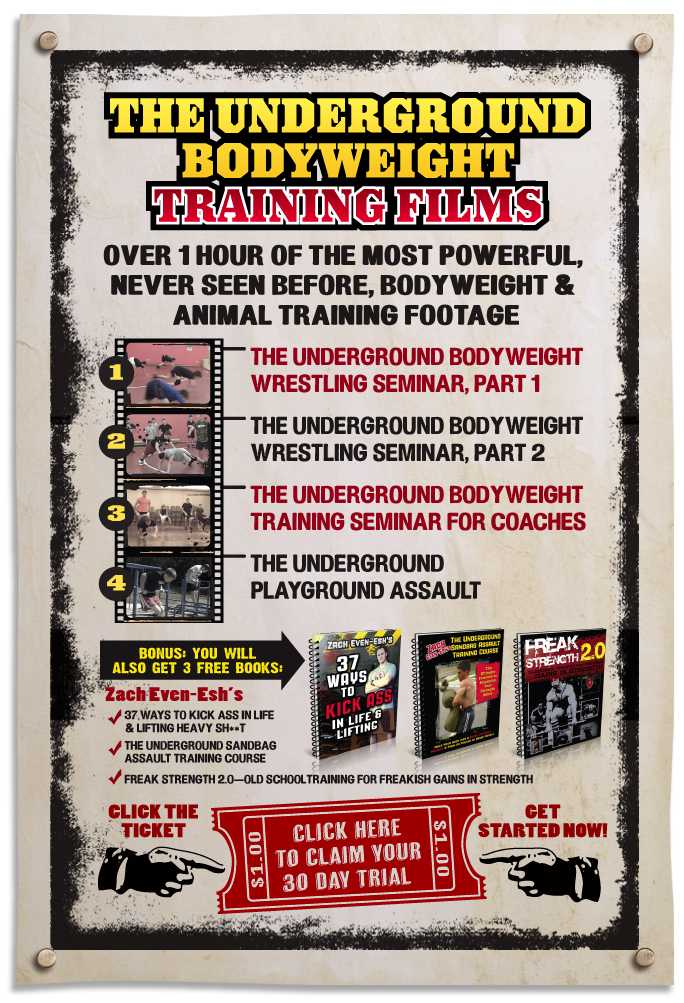
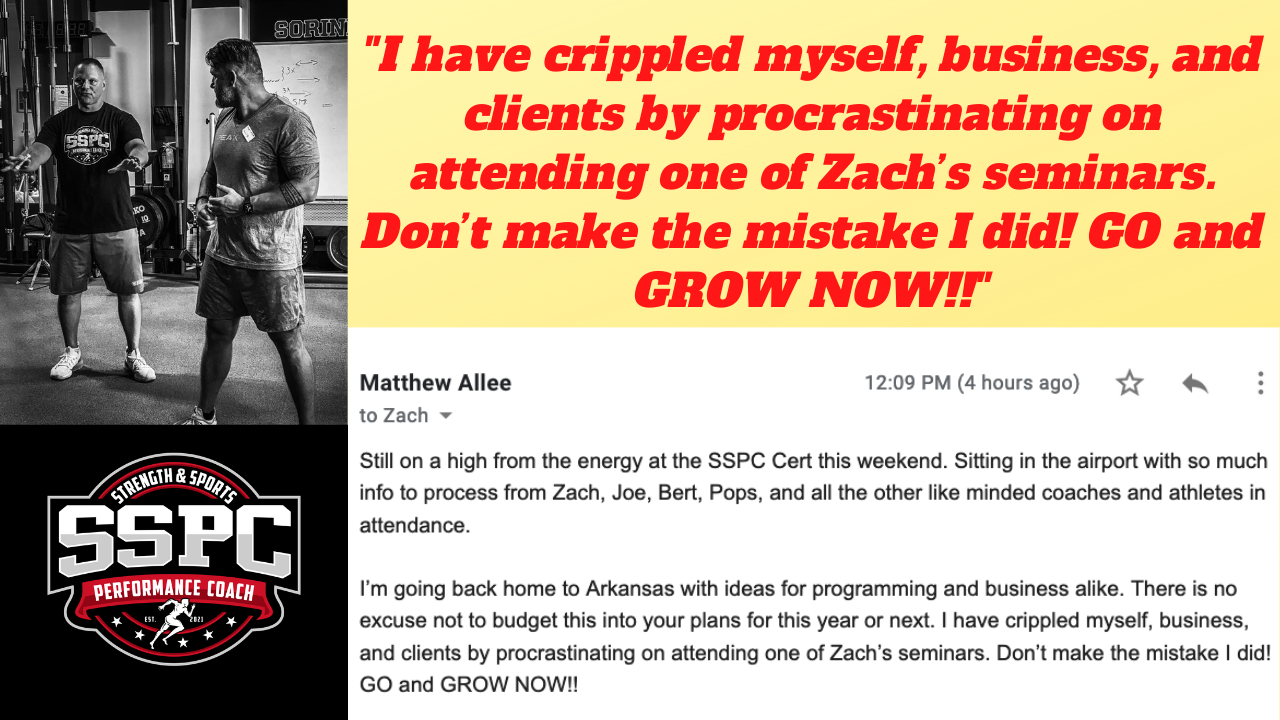

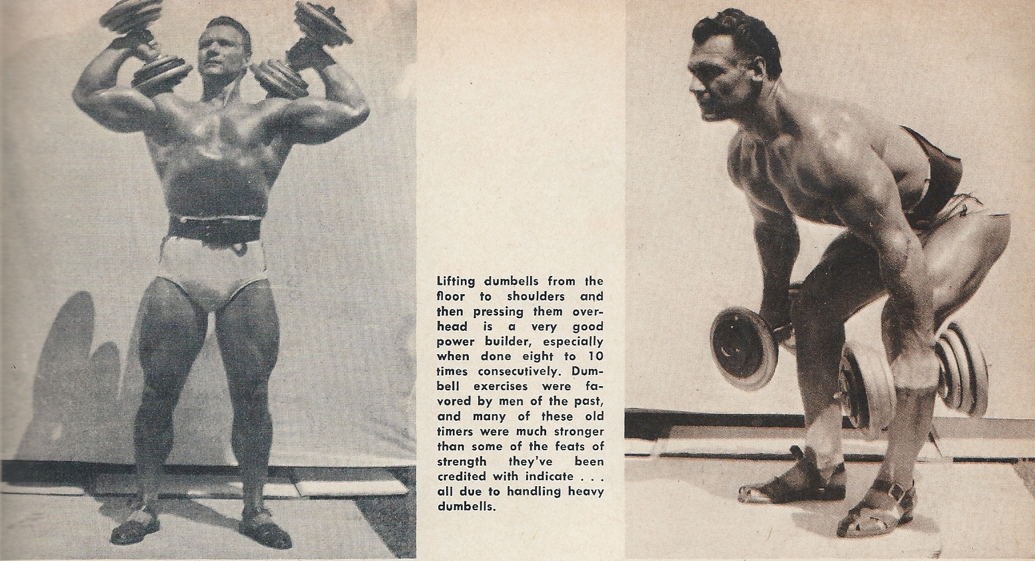
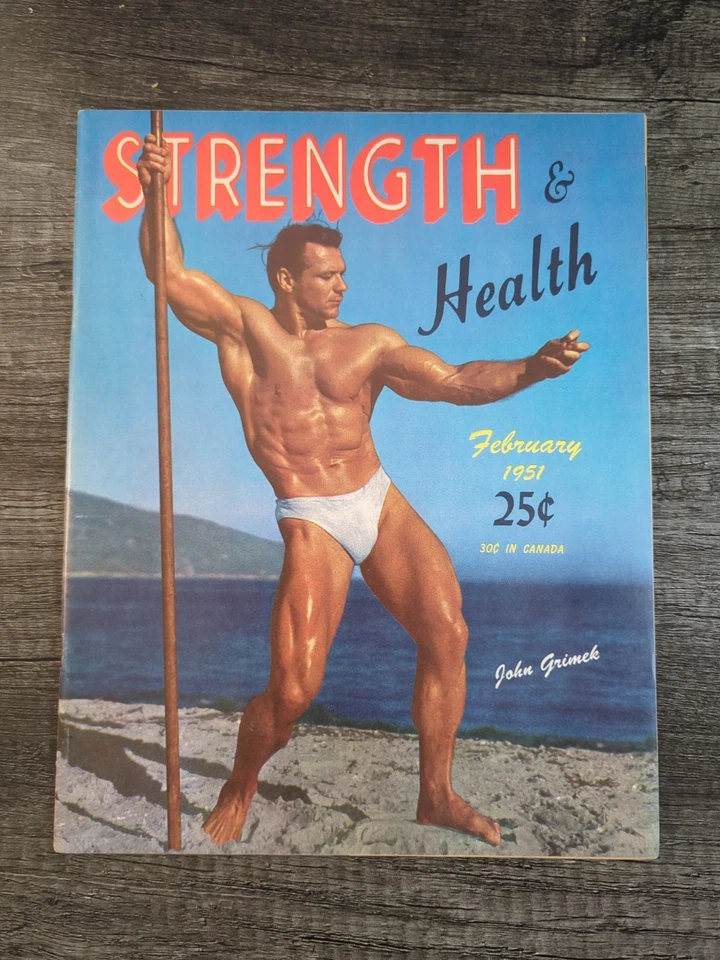

2 Responses
Holy F!! Way to go coach Z!! Boom great article.. hope you’re well my friend
Shawn, my bro! BIG thank you!